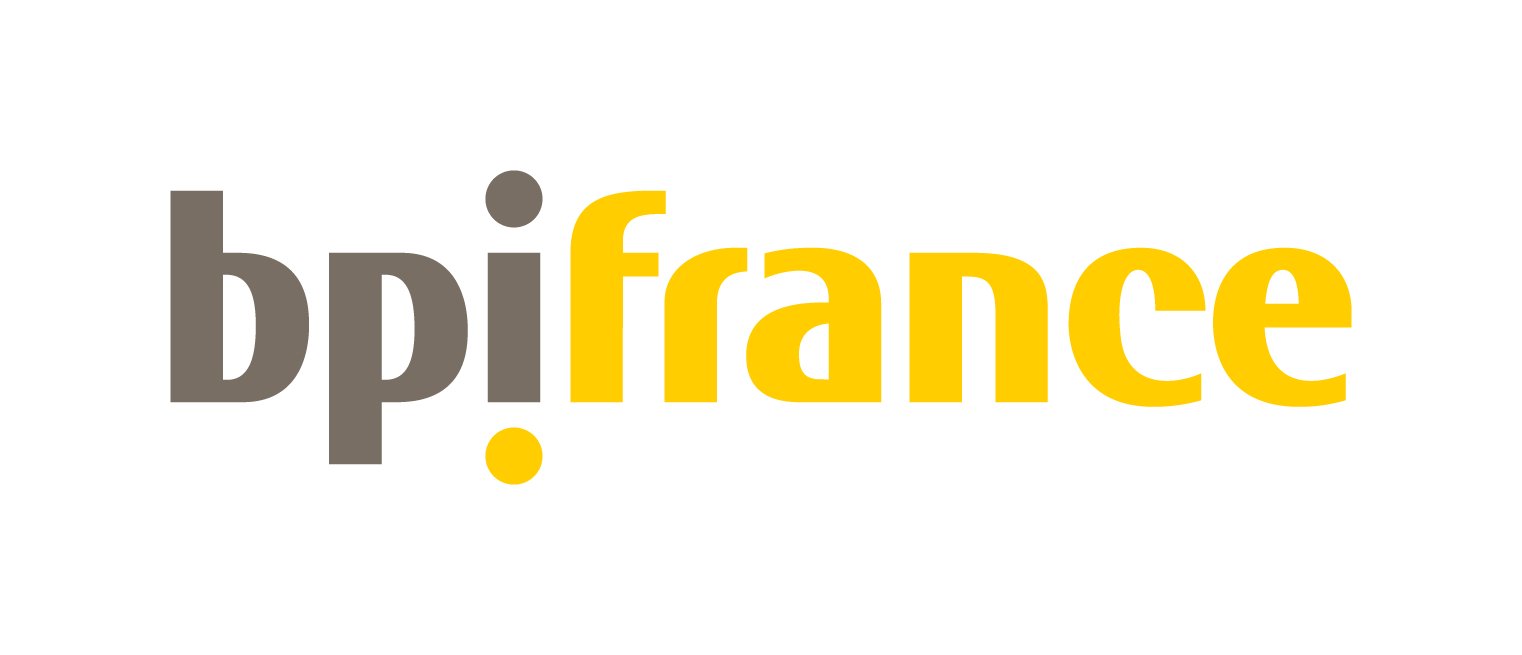
A portfolio of innovative materials crafted by the ocean
ER LAB creates new materials from marine litter, such as oyster farms waste, and introduces them on the market through our tangible proof of concept: ER SOULIER – Our sneakers brand. The materials are supplied to other brands and industries, contributing to the ocean cleanup.
-
Hand-feel touch: Rubberish
Color: Any color (Mono-color or Bi-color)
-
Flexural strength (30.000 flexions)
Std used ISO17707 - 2005: Max 5,0mm no crack; result: 0,0mm no crack
Adhesion strength
Std used EN ISO17708-2018: Min 4N/mm; result: 4,7N/mm
Organic and inorganic ocean materials (patented)
-
Footwear
Apparel & Accessories
Sport equipment
Hospitality
Lifestyle & Furniture
Automobile
Construction
-
Portugal
-
Texture visual: Coated canvas
Hand-feel touch: Natural grain
Body drape: Full
Color: White, Off White, Sand
-
Bally flex: 5K Cycles
Overall thickness range: 0.8mm - 1,4mm
132cm wide cuttable width rolls
Organic ocean materials (patent in progress)
-
Footwear
Apparel & Accessories
Luxury goods
Hospitality
Marine industry
Lifestyle & Furniture
Automobile
-
France

Meet our first innovation
The first sneaker sole made from oysters waste and marine litter
Discover our unique shoe soles
-
Two recipes patented, one organic (mainly made with oysters) and one inorganic (mainly made with abandoned fishnets). Different materials are used for different parts of the sole (outsole, midsole, and cushioning layers).
-
Approx. three months, depeding on the specificities required.
-
It is possible to choose any color and to modify the mould of the sole.
We created our own materials
SeiStride® is a patented innovation, available both in bio-material and recycled material
Organic
-
Novel composition comprising organic waste containing calcium, primarily in the form of calcium carbonate (CaCO3), derived from oyster shell waste
Recycled
-
Use of waste materials produced by fishing activities, with environmental benefit thanks to the reduction of reliance on traditional, more polluting materials typically used in shoe manufacturing. We use motly NYLON (PA6).
An evergrowing collection of material innovations
derived from marine litter
Organic waste
-

Collection
Our recycling partner recycles more than 20 tons per day of litter produced by oyster farms.
-

Transformation
Seafood byproducts and toxic seaweed collected along the French coastline serve as the primary organic inputs for our materials.
-

New life
Leveraging these resources allows us to create a regenerative product designed for rapid degradation at the right conditions.
Non-organic litter
-

Collection
Maritime activities account for 50% of ocean pollution. We incorporate abandoned fishnets and discarded plastic bottles into our materials.
-

Transformation
We reinvent the potential of these resources, that would otherwise be considered waste, to create materials that are 100% recycled.
-

New life
Keeping organic and inorganic substances separate ensures that our materials are easily recyclable.
Partners
-

Bpi France
A project co-financed by
-

Agence de Développement et d'innovation
A project co-financed by
-

Nouvelle-Aquitaine
A project co-financed by










